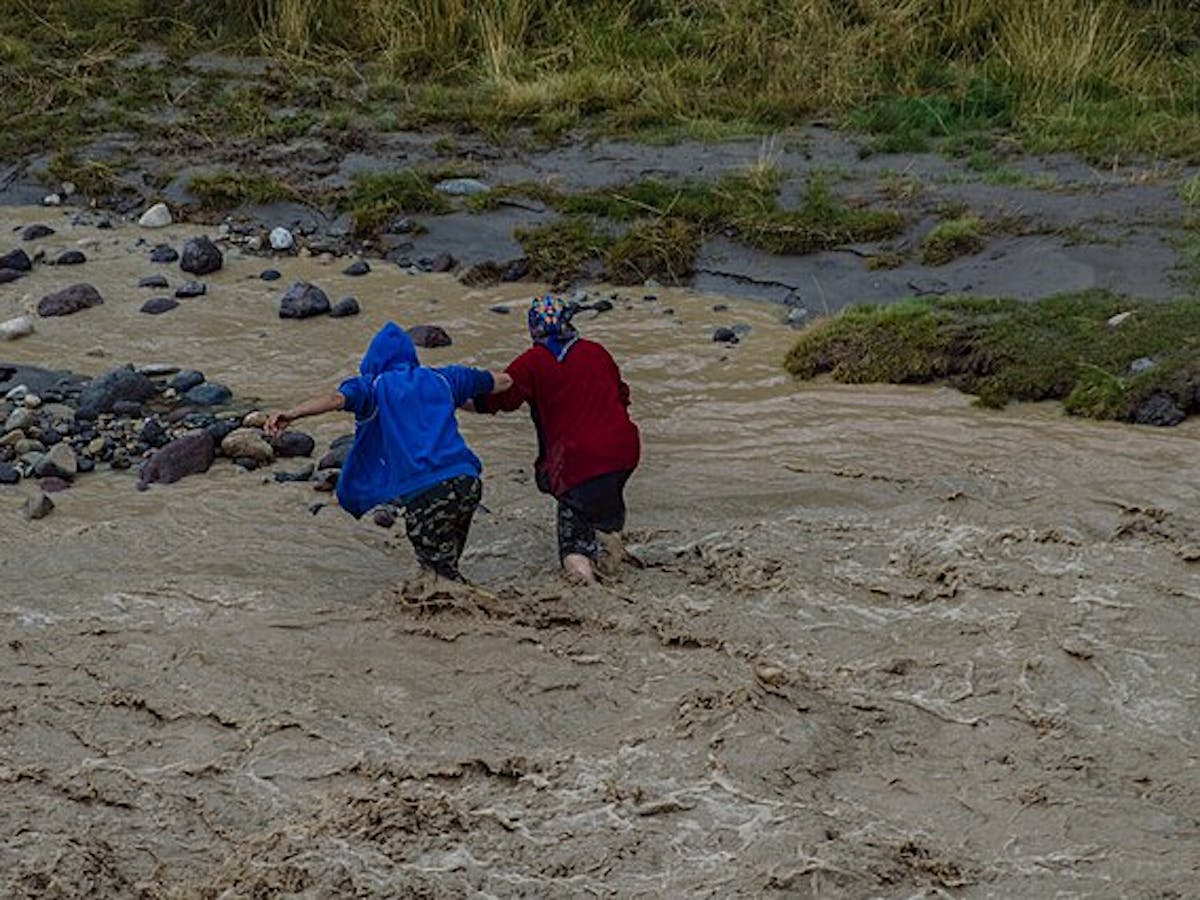Multilateral Development Banks Need to Play a Bigger Role in Closing the Climate Finance Gap
Published: November 20, 2023

Bretton Woods Committee | Mon, Nov 20, 2023
by Afsaneh Beschloss and Creon Butler
Read the Climate and Energy Transition Finance Team's Latest Brief Here.
How a new climate accelerator in the World Bank can help
The summer of 2023 may go down in history as the season climate change became impossible to deny. Nearly 20,000 heat and precipitation records were broken in the month of August alone. In the US, major insurance companies pulled out of California and Florida because of rising costs of covering more – and more powerful – fires and floods. Devastating wildfires in Maui, Hawaii killed 115 people. In the last weeks, storm Daniel deluged northern Libya with 16 inches of rain in 24 hours, causing two dams to burst and creating a tidal wave that has killed more than 11,000 people.
And the damage does not only result from catastrophic events; new research shows that by the end of the decade, half a billion people – nearly all in developing countries – will routinely suffer through such extreme heat that it will deteriorate their health and cause other social harm. By 2050, that number could climb to 1.3 billion.
To address this enormous and desperately urgent challenge the world needs to make much faster progress in mitigating greenhouse gas emissions to prevent future climate change and in adapting to the climate change that is already certain to come.
Estimates vary, but it is clear that finance on a vast scale – as much as $3.8 trillion a year up to 2025 alone, according to a report from the Rockefeller Foundation and BCG – will be required to make the necessary changes in the way our economies work. But only a fraction of this financing is currently being provided with the biggest short fall in low income and emerging economies which often suffer the most from climate change.
It is also clear that while the multilateral development banks (MDBs) will not be able to close the climate finance gap on their own, they have a critical role to play which is currently far from being being met. The public international finance they provide is vital to undertake investments that the private sector will not touch and to create the environment where private finance can flow on a much larger scale.
Recognizing this need, the leaders’ declaration at the September G20 Summit called for “bigger, better, more effective development banks”, and the October Annual Meetings of the IMF and World Bank resulted in a joint statement setting key principles for global cooperation. The upcoming COP28 in December will be the first step taken to turn this into concrete action.
The Bretton Woods Committee’s Climate and Energy Transition Finance Project Team has looked in detail at the role of MDBs in climate finance. MDBs undertook just $50 billion of climate finance projects last year, mainly in low- and middle-income countries. Within this, the World Bank Group – based on its own definitions – delivered $31.7 billion to help countries address climate change. While some have questioned this data, it is nonetheless the highest figure ever.
But much more is clearly needed, and to help deliver this, we recommend the World Bank Group set up a new “Climate Action Accelerator” to dramatically increase the scale, speed, and impact of the Bank’s climate financing.
Led by a managing director and reporting directly to the President and the Board, the Climate Action Accelerator would coordinate all of the World Bank’s climate finance activities – mitigation, adaptation, project and policy lending, debt, and equity.
It would ensure that the Bank uses its existing capital and expert teams devoted to climate action to the maximum effect. But it would also ensure that sharply increased new lending capacity, underpinned by new capital (which shareholders should provide) and more efficient use of existing capital has the maximum impact.
The Accelerator would become the World Bank Group’s center of expertise and capital allocation on all climate finance, with staff recruited and seconded from across the organization and the private sector. And it would maintain a comprehensive database of climate and energy transition projects – prioritized according to agreed-upon climate-related standards, such as Co2 emissions – enabling the Bank’s financing teams and private investors to search for projects by country, sector, impact, estimated rate of return, and risk profile.
The Accelerator would also ensure that the Group's lending processes are made much faster and less bureaucratically onerous – which is critical for an effective response to climate change. The timeline from project inception to loan disbursement at the Bank has ballooned by up to seven years and we recommend that the Bank - and indeed all MDBs - target shortening timelines for climate finance to 12-18 months and commit the additional resources to make this possible without jeopardizing quality.
Bending the arc of climate disasters will require enormous financial resources, on a scale unmatched in human history. Developing countries desperately need vastly more climate financing right away, and with the backing of their shareholders the MDBs have a critical role to play in ensuring it flows.
At the same time, we’re in the midst of one of the greatest opportunities humankind has encountered. Cities, countries, and entire regions can slingshot past antiquated forms of energy into a more sustainable future. Both the needs and the opportunities are in the trillions. And the urgency has never been greater.
